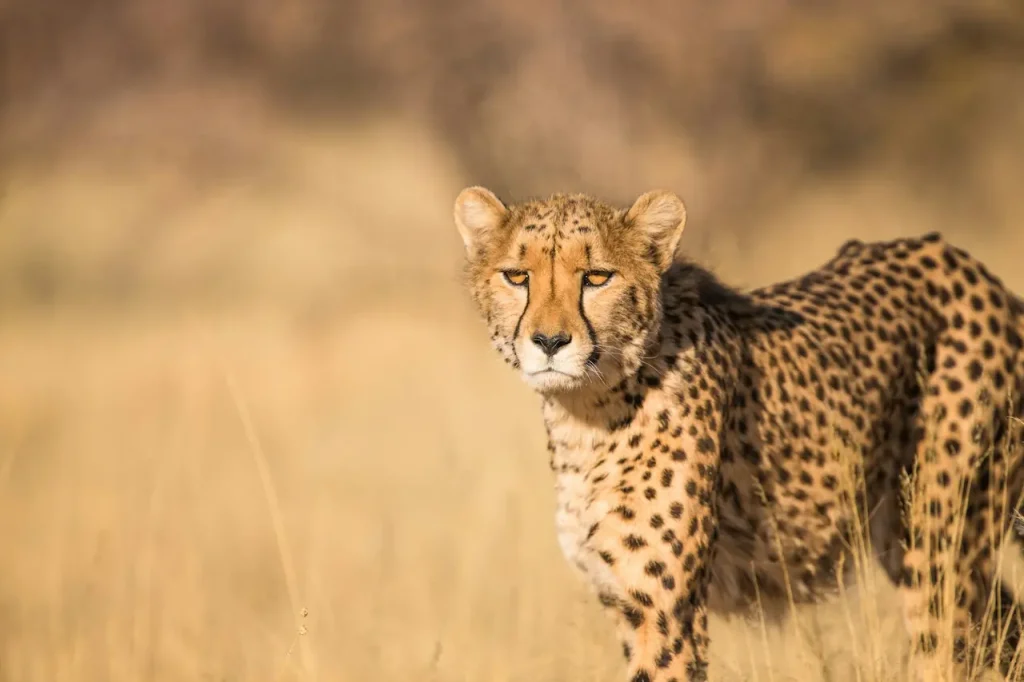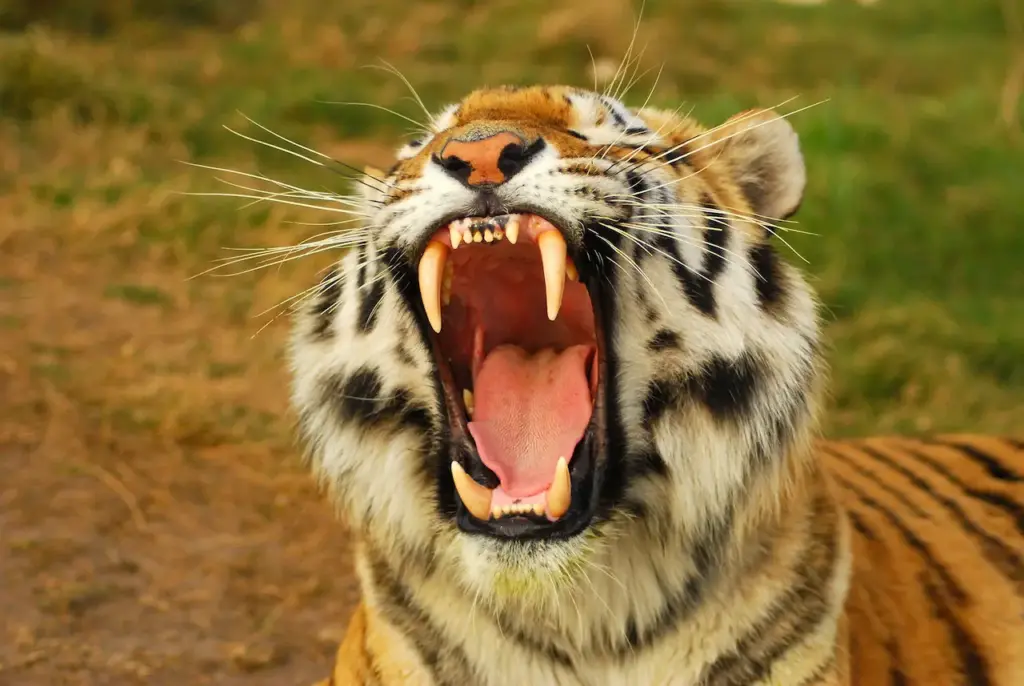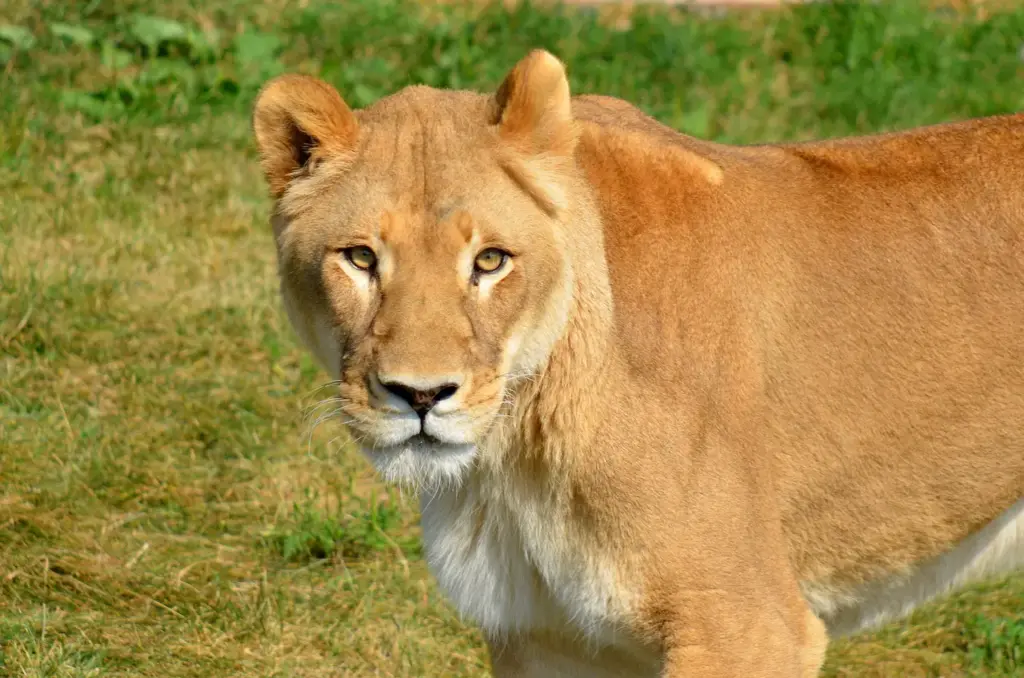What Eats Cats?
Categories
- Accipitridae (1)
- Acrididae (1)
- Algae (2)
- Alligatoridae (1)
- Amoebidae (1)
- Amphibians (3)
- Anatidae (1)
- Anguillidae (1)
- Arachnids (2)
- Bears (2)
- Big Cats (3)
- Birds (13)
- Bovidae (5)
- Bufonidae (1)
- Camelids (1)
- Cameras (1)
- Canines (13)
- Caridea (1)
- Carnivora (10)
- Castoridae (1)
- Cats (5)
- Cebidae (1)
- Cephalopod (1)
- Cervidae (2)
- Cetacean (1)
- Chondrichthyes (1)
- Crocodilia (2)
- Crustaceans (4)
- Culicidae (1)
- Cyaneidae (1)
- Dasypodidae (1)
- Dasyurids (1)
- Deer (1)
- Delphinidae (1)
- Desktop (1)
- Didelphidae (1)
- Dinosaurs (1)
- Dogs (13)
- Dolphins (2)
- Echinoderms (1)
- Education (10)
- Elephantidae (1)
- Equine (1)
- Erethizontidae (1)
- Erinaceidae (1)
- Farming (1)
- Felidae (5)
- Fish (5)
- Food Chain (31)
- Food Web (2)
- Formicidae (1)
- Frugivore (1)
- Gaming (1)
- Gastropods (1)
- Giraffids (1)
- Great Apes (2)
- Health Conditions (3)
- Herbivore (4)
- Hi-Fi (1)
- Hippopotamidae (1)
- Hominidae (1)
- Insects (10)
- Invertebrates (2)
- Keyboards (1)
- Laptops (1)
- Leporidae (1)
- Mammals (23)
- Marsupials (4)
- Mephitidae (1)
- Microchiroptera (1)
- Mollusks (2)
- Mongoose (1)
- Muridae (1)
- Nocturnal Animals (1)
- Odobenidae (1)
- Omnivore (2)
- Phasianidae (1)
- Phocidae (1)
- Plankton (1)
- Plants (2)
- Primate (1)
- Ranidae (1)
- Reptiles (7)
- Rhinocerotidae (1)
- Rodents (5)
- Salamandridae (1)
- Scarabaeidae (1)
- Sciuridae (2)
- Sharks (1)
- Shellfish (1)
- Sound (1)
- Spheniscidae (1)
- Suidae (1)
- Superfamily Papilionoidea (1)
- Theraphosidae (1)
- What Eats (5)
As predators that hunt and consume small prey, cats are accustomed to being on top of the food chain. However, cats can also fall prey to a number of larger predators that will eat felines as part of their diet when given the opportunity.
The predators that eat cats depend greatly on the environment and geographical region, as well as attributes like the cat’s size, health, and ability to find shelter.
Feral and outdoor domestic cats face the highest risks of being preyed upon. Here is an overview of the main predators that eat cats.
Table of Contents
Toggle
Leopard Hunting What Eats Cats
Big Cats
Larger feline species like lions, tigers, leopards, jaguars, pumas, and cheetahs sometimes feed on smaller cat species, especially if their traditional prey animals are scarce.
Cases have been documented of lions eating caracals, leopards eating servals, and pumas eating bobcats and lynxes. The most vulnerable cat prey are kittens and juveniles that cannot yet fend for themselves.
Given the opportunity, big cats will not hesitate to kill and consume smaller wild cats or even domestic cats and their kittens in order to survive.
Coyotes
A major predator of feral and free-roaming pet cats, especially kittens, are coyotes. As opportunistic hunters, coyotes will readily prey on cats they encounter while patrolling their territories.
Cases of coyotes eating house cats typically occur in areas where residential development is encroaching on their natural habitats.
Coyotes mainly hunt alone but may share larger prey like cats with their pups during the breeding season. A single coyote can easily overwhelm and kill a domestic cat.
Wolves
As apex predators that usually hunt in packs, wolves will eat cats, particularly in remote wilderness where their ranges overlap. There are documented cases of wolves preying on bobcats and lynxes.
Wolves could also attack a stray domestic cat, a feral colony, or an unattended house cat that wanders into their domain. A lone wolf or pair may have more difficulty killing a cat compared to a full pack.
Foxes
Foxes tend to hunt alone. They are opportunistic predators and scavengers that feed mainly on rats, birds, and other small game but will eat cats if they can catch and overpower one. This is especially likely for kittens and sick or weak cats.
Urban red foxes encounter and kill pet cats more frequently due to encroachment into suburban areas. Larger fox species, like greys, are capable hunters that could prey on bigger cats.
Birds of Prey

Closeup Image of a Roaring Tiger
Large raptors like eagles, hawks, falcons, and owls have sharp talons and hooked beaks that can kill cats and other small animals.
Cases exist of great horned owls and red-tailed hawks killing domestic kittens and small cats like servals. Eagles, like bald eagles, occasionally grab a feline meal. The birds typically go after small or juvenile cats over full-grown adults better able to defend themselves.
Snakes
While not common, some larger snake species have been known to eat kittens and small cats, including pythons, boas, and anacondas. These constricting snakes may opportunistically kill and consume a cat they come across while moving through urban and wildland areas.
Cases typically involve very small kittens or cats that can be swallowed whole, as snakes do not chew their prey. Larger cats are less vulnerable.
Alligators
In areas where domestic cats live near water sources and wetlands inhabited by alligators, cats may fall prey to these large reptilian predators when they come to the water’s edge to drink or hunt.
Alligators seize cats and other mammals using their powerful jaws and drag them into the water to drown and consume them. Larger adult cats are less likely to be targeted than kittens.
Bears
As opportunistic omnivores, bears will prey on cats and smaller mammals when the chance arises. Black bears and grizzlies have been known to attack, kill, and eat domestic cats that stray into their habitat.
Bears that become habituated to urban and suburban areas are more likely to encounter free-roaming pet cats and can easily overpower them with their size and strength.
Feral Dogs
In areas with large populations of free-roaming and feral dogs, packs of dogs may occasionally prey on cats, especially cats roaming outside that encounter a dog pack.
While a single domestic dog is unlikely to attack an adult cat, groups of loose dogs can be more aggressive and will work together to chase and kill cats in their territory. Small and juvenile cats are most vulnerable to dogs.
Other Mammalian Predators
Small to medium-sized carnivores like weasels, raccoons, skunks, mink, ferrets, jackals, and mongooses may prey on kittens or very small cats, but an adult cat is typically able to defend itself against a single attacker or escape by climbing a tree.
However, cats afflicted with disease, injury, or disabilities are at higher risk of falling to a number of opportunistic mammalian predators.
Scavengers
While not technically predators, various scavenging animals will feed on cat carcasses they find already dead, including vultures, rats, crows, and maggots.
Weak, sick, or injured cats that die from their ailments are consumed by facultative scavengers. However, purely scavenging species do not typically kill healthy cats.
Humans

Close-up of a Female Lion What Eats Cats
In certain countries, domestic cats and larger wild cats like pumas are hunted and killed for food by humans. Cat meat is eaten as a delicacy in parts of China, Peru, and Switzerland.
Humans also indirectly kill many cats through vehicle collisions, hunting other animals, and destroying habitat. As a domesticated species, cats are much more vulnerable to human persecution than their wild relatives.
Predation Risk Factors
Certain types of cats face higher risks of predation than others:
- Outdoor and feral cats have much greater exposure to predators than indoor house cats.
- Kittens and juvenile cats cannot defend themselves or escape predators as well as adult cats can.
- Small cat breeds like Siamese are more vulnerable to predators than larger cats.
- Sick, injured, old, and disabled cats have impaired mobility that makes it hard to flee or fight back.
- Solitary cats lack safety in numbers compared to cats in colonies that can alert each other.
- Cats in busy urban areas with less open space may encounter predatory threats more than rural cats.
- Cats living near wildlife habitats face more predators than cats in developed areas.
- Stray cats without an owner lack the medical care and steady nutrition needed for good health.
- Declawing impairs a cat’s ability to climb trees quickly or defend itself with its claws.
- Pet cats allowed to roam unsupervised outdoors face far more predatory dangers than supervised indoor-outdoor cats.
How Cats Avoid Predation
Cats have many adaptations and behaviours that help them evade predators:
- Excellent hearing, sight, smell, and night vision make it hard for predators to ambush them.
- Sharp claws allow cats to rapidly climb tall trees and scramble up slopes to escape threats.
- Agility and speed help cats dodge attacks and outrun many pursuers over short distances.
- Solitary, stealthy movement through cover helps cats avoid detection by predators.
- Camouflaged fur blends into vegetation, shadows, and dirt, concealing cats from threats unless in close proximity.
- Suspicious nature makes cats quick to startle and flee potential danger instead of waiting to confirm a threat is real.
Conclusion
As stealthy and agile predators themselves, cats can still fall prey to a diverse array of larger carnivores, birds, reptiles, and other wildlife that will opportunistically eat feline flesh and prowl areas inhabited by cats.
Juvenile and smaller cats are most vulnerable to becoming prey. While indoor domestic cats are largely protected from predators, stray and feral cats confront constant predatory threats.
Knowledge of local predator populations and preventive measures are essential for keeping free-roaming cats out of the food chain. With care, cats can usually avoid becoming an entrée for hungry predators lurking in their midst.
